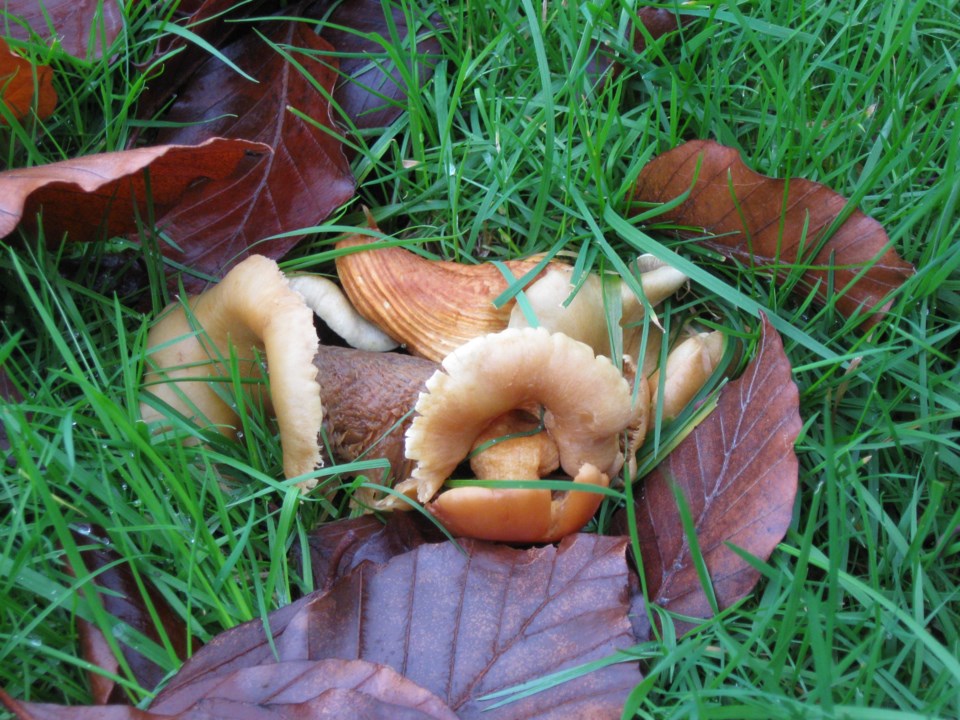I became keenly aware of what was beneath my feet when I lived in the centre of Florence. As soon as I stepped out the door, I knew I was walking over ground trodden by artists such as Leonardo da Vinci and Michelangelo around 500 years ago.
Now I’ve become aware of something different beneath my feet. From recent publications by the German forester Peter Wohlleben and UBC professor of forest ecology Suzanne Simard, I’ve learned that wherever there are trees, there’s a vast fungal network underground allowing them to communicate. Their observations have revealed that the interaction of trees is based on cooperation rather than competition, a relationship Simard describes as the woodwide web.
We get an even richer picture of all these connections when, to Wohlleben’s and Simard’s revelations, we add what mycologists such as Merlin Sheldrake have unearthed with their research about the hidden life of fungi. Mycologist, signifying someone who studies fungi, is derived from the Greek word for fungus “mykes.” A term frequently used by mycologists is mycelium, referring to the networks of tubular cells or tiny white filaments (hyphae) of which fungi consist. It’s been estimated that if stretched out and measured, the mycorrhizal (“rhiza” is Greek for root) fungal networks in the upper 10 cm of soil worldwide would amount to about half the width of our galaxy.
What are these fungal networks good for? An awful lot, I now know. In the broadest sense, mycorrhizal fungal networks are sequesterers of carbon and supporters of life on earth. Underground ecosystems are believed to store 75 per cent of all carbon, yet most of the work dealing with conservation and restoration concentrates on the ecosystems above ground. In the meantime, the destruction of underground fungal networks is considered to have an effect on climate change as well as the loss of biodiversity. It’s claimed that if agriculture, forestry and urbanization continue at the rate and in the direction they’ve been going, in 30 years over 90 per cent of the earth’s soil will be impoverished.
Therefore it’s a great relief to read that the Society for the Protection of Underground Networks (SPUN) has launched a project, advised by Jane Goodall and funded by the billionaire Jeremy Grantham, to map the world’s fungal networks, with the aim of preventing further damage. The first step will be to gather 10,000 samples of mycorrhizal fungi from ten so-called hotspots in the world - they include the Canadian tundra.
For years I looked on the mushrooms that popped up in the yard and garden as undesirable intruders, a sign that the soil was damp, causing my plants to rot. Fortunately, I’m now better informed. Mushrooms are the fruiting (spore-producing) bodies of underground fungal networks, the visible sign of great things happening down below.
Even though Leonardo never set foot here, I think of him when I walk, because I suspect that had he known about mycorrhizal fungal networks, he would have been enthralled and studied them in countless drawings.
Sabine Eiche is a local writer and art historian with a PhD from Princeton University. She is passionately involved in preserving the environment and protecting nature. Her columns deal with a broad range of topics and often include the history (etymology) of words in order to shed extra light on the subject



